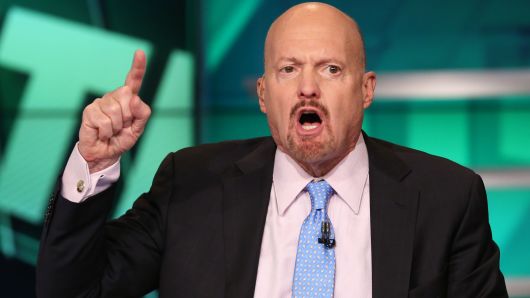The yield curve has investors very confused these days. The 10-year/2-year Treasury yield spread inverted last week, only to un-invert a day later.
The last three times the 10-year/2-year spread inverted, a recession followed roughly 18 months later (on average). Was it going to happen a fourth time?
Plenty of investors thought so, and sold as soon as news about the inversion got out. The major indexes dropped significantly and analysts were left scratching their heads.
After all, the current economic climate looks quite different from how it did before the last three recessions. Inflation is low, rates are low, and domestic growth appears strong.
Yes, China and Europe are struggling – Germany actually endured an economic contraction last quarter – but stateside, things are going pretty well.
Even real unemployment, which takes into account underemployed, marginally attached, or discouraged workers, is at a historic low.
So, what gives?
Are heading for a recession or not?
The yield curve inverted and then un-inverted, for goodness sakes! What are investors supposed to do? Sell when it inverts, then immediately buy when it un-inverts?
They’re all questions you (and many others) may have, but according to Mad Money’s Jim Cramer, that kind of thinking is only going to hurt portfolios in the long run.
“Everything seems like a trap now,” said Cramer during yesterday’s pre-market CNBC broadcast.
“It was a trap to sell off the inverted, and now they have to go buy back on the un-inverted. What happens if we get inverted again?”
When asked about whether investors should truly be concerned about an imminent recession, he said:
“I do feel like things are worse when I listen to people talk, than reality.”
In particular, Cramer pointed out that this upcoming earnings season could be a reflection of just how strong American-focused corporations still are. He thinks international companies will likely fall short of lofty analyst estimates, especially those in the eurozone due to the Euro’s weak state.
But overall, Cramer believes that if the market’s top American firms keep growing, investors will have evidence to stay optimistic.
Particularly after equities endured such a sharp sell-off in early August.
We’re still months away from earnings season, of course, but that won’t stop stocks from rising in anticipation of strong financial reports. Over the last year, the market has gotten extremely good at “pricing in” future boons, like an interest rate cut (which had the opposite effect) or a healthy earnings season.
It wouldn’t surprise me at all to see the same kind of trading activity over the next few weeks, barring any sort of new trade war surprise.
That’s not to say that we’re out of the woods by any stretch of the imagination – we’re not.
But if the yield curve keeps flip-flopping amid strong corporate revenues, investors might start ignoring it altogether.
Which, in the end, should cut down on volatility and bring some much needed calm to the market – something that would cause equities to rise more than a rate cut ever could.
“Priced in” or not.








